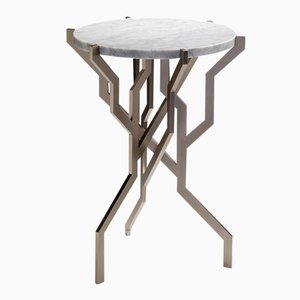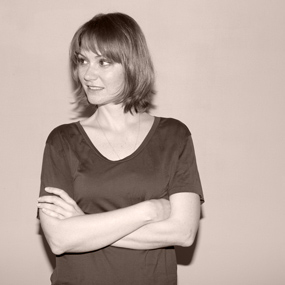Dutch editor David Heldt connects the dots from local to global
The Futurists—Part 4
In celebration of the 2017 edition of Salone del Mobile—as the international design community scans the horizon for what’s new this year—Pamono is offering up a five-part series on emerging voices that are articulating a more thoughtful design future. For our fourth installment, we talk with David Heldt, the Dutch editor behind the new Fuori Salone exhibition venue, Design Language, and founder of curatorial platform Connecting the Dots.
**********
“Politically and environmentally, we live in a dark period of time,” That’s Amsterdam-based editor-curator David Heldt’s response when asked about the origins of the lighting-filled installation he mounted during London Design Festival last September. “As I started organizing the show, I wanted to literally give some light.”
It was a lovely exhibition, entitled Enlightened Design, that showcased the work of eight up-and-coming Dutch designers, each piece exploring the themes of light, time, and lightness. The objects selected by Heldt were charming in their own right, to be sure, but what really made this project exceptional was the venue—a slightly decrepit, 15-room, 18th-century Georgian merchant house in Spitalfields. The unexpected, anachronistic experience of walking through the rather darkened space, with its uneven floors and peeling paint, created the effect Heldt intended: “to slow people down, arouse their curiosity, and make them feel at home.” I’m not sure how many people found the small show of not-so-known names (given all that LDF had to offer), but those who saw it, I’m sure, were as warmed by its intimate feeling as I was.
Heldt is an interesting character, a champion of today’s designers and their potential impact on the world. He got his start studying furniture design at ArtEZ in Enschede in the 1990s and opened his own studio in Amsterdam upon graduation, before he went on to pursue a more theoretically focused Masters in Design Futures at Goldsmith University of London. But as the turn of the millennium rolled around, he recognized that designers need all kinds of outside support and promotion to find success. Rather than focusing on his own practice, he decided he could make a larger contribution to the worldwide design community by drawing attention to the work being done specifically within the Netherlands—thinking globally and acting locally, as it were.
Since then, he has curated a number of Dutch design exhibitions, including The Dutch New Innovators: A Celebrations of the Netherlands-Japan 1600–2000, which was presented at the International Design Center NAGOYA Museum in 2000, followed by numerous pop-ups at international design events like Milan Design Week, London Design Festival, Dutch Design Week, Guangzhou Design Week, and Hong Kong Business of Design Week. In 2005, he co-founded Tuttobene, a platform for up-and-coming designers and small brands dedicated to sustainability, and in 2009, he launched The Dots Magazine, which catalogues all the Dutch design on view during the various design weeks. He also started an online database of press kits from Dutch designers and brands, called Dutch Press Desk. Many of the projects Heldt has taken on have highlighted green design from the Netherlands. And for Milan Design Week this year, his curating platform, Connecting the Dots—in collaboration with designers Cara Judd and Davide Gramatica and in partnership with Civica Scuola Interpreti e Traduttori "Altiero Spinelli"—opened a new, large-scale exhibition venue and three-day conference near Zona Tortona.
The name of Heldt’s new endeavor is Design Language, and the theme was chosen thanks to the location: “The space is normally used as a language school where students become interpreters on a high level. The director of the university asked if we could collaborate with the students so they could practice their skills, and I found that inspiring given the current state of design. Do different countries still have different identities when it comes to design? How do designers today express themselves in different design-languages?” The show presented the work of more than 50 designers and brands, and the conference hosted an array of influential speakers, including Alvaro Catalán de Ocón of Spain, BCXSY of the Netherlands, and Alberto Meda of Italy.
When asked to articulate his view on the future of design, Heldt highlights the potential for design to do good: “Design will be more and more about problem solving and less about creating objects. I believe that designers, in general, have an ethical compass that makes them particularly well suited to solving society’s problems. Especially at graduation shows today, I see a lot of social engineering. Unfortunately, designers face difficulties trying to make their living with social plans; most turn back to designing objects that can be sold. I hope that there will be a better market-system for social design in the future. Politicians should benefit from this potential.”
Given the number of platforms that Heldt has developed, one could rightfully describe him as a contemporary design entrepreneur. But considering his continued dedication to helping the designers he knows locally—and his ongoing work to bring them to a global audience, always with the intention of spotlighting those that exhibit deep design thinking—a more apt moniker is probably “community organizer.”
“Maybe it’s about time that designers get involved in politics,” he says. “Populism goes against problem solving—its about building walls, exclusion, and egocentrism; it’s more about hiding from problems than solving them. Recently, I received an email from a Mexican designer based in New York who wants to move to Amsterdam. Indeed, it’s a dark period. I’m not convinced that Trump has actual plans ready to implement; maybe this is an opportunity for designers to send him some ideas. Architects and designers could create a platform collecting intelligent ideas for small and big society issues. When governments start to think about themes like infrastructure, refugees, environment, economy, etc., it would be healthy to have designers around the table that can influence the process continuously from the inside; they can generate ideas that engineers, politicians, financiers do not have. Designing is about providing alternatives,” Heldt affirms. “Our problems have changed rapidly in the last years. So must the solutions.”
* Our Futurists series has profiled Camp Design Gallery, curator Annalisa Rosso, and design collective Form&Seek. Our final story will spotlight Lou Weis of Broached Commissions.
-
Text by
-
Wava Carpenter
After studying Design History, Wava has worn many hats in support of design culture: teaching design studies, curating exhibitions, overseeing commissions, organizing talks, writing articles—all of which informs her work now as Pamono’s Editor-in-Chief.
-
More to Love
Grey Hide Blanket by Nienke Hoogvliet for TextielMuseum Tilburg
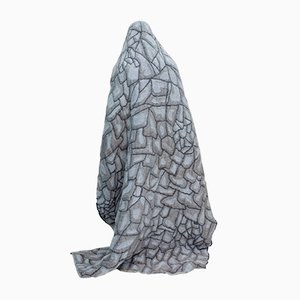
Gold Colouring Table from OS ∆ OOS

Truecolors Bedside Cabinet by Visser & Meijwaard

Truecolors Credenza by Visser & Meijwaard

Truecolors Bench by Visser & Meijwaard

ISLAND 4 Dining Table by Kranen/Gille
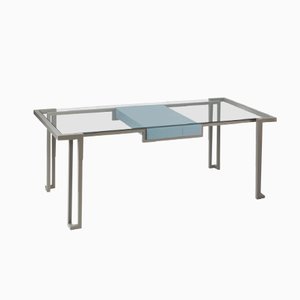
ISLAND 3 Desk by Kranen/Gille
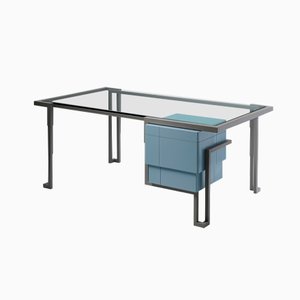
White PLANT Table by Kranen/Gille
